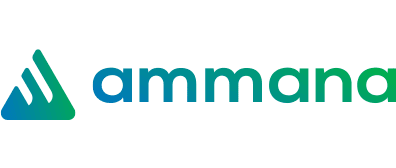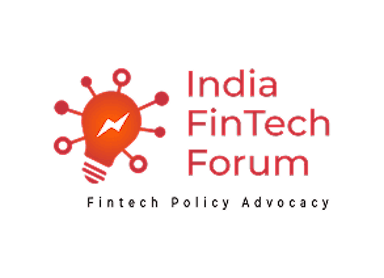
Real-time fraud prevention
with the best device analysis
Minimize risks by leveraging the most advanced
and reliable Device ID intelligence technologies
Leaders Grow with JuicyScore









Unlock Device ID Intelligence
We empower online businesses to stay ahead with cutting-edge risk management & fraud prevention technologies
Book a demo65 000 +
parameters collected from every device
220
parameters for device scoring
45 +
countries of presence all over the globe

Application Fraud Prevention
Prevent application fraud with automated ongoing analysis of behavioral and technical parameters, ensuring robust and accurate protection. Seamlessly integrated, it allows for customized fraud prevention rules and scoring models.
Learn more Seamless for users
Seamless for users
Account Takeover Prevention
Detect suspicious IPs and login attempts while monitoring web and mobile user sessions in real-time to prevent ATO effectively. Ensure superior protection for your online business without utilizing personal user identifiers.
Learn more Increase user trust
Increase user trustPrevent fraud with JuicyScore
With over 230 predictors and 65,000 device parameters analyzed, we ensure accurate fraud detection and risk assessment. Easy-to-integrate SDKs enable seamless real-time fraud detection with minimal setup and disruption to your processes.
Learn more Privacy-first
Privacy-first Protect user accounts with JuicyID
Detect high-risk device markers, user behavior patterns, and device switching, reducing the risk of account takeovers. Minimize the need for additional verifications, lowering operational costs and improving conversion rates.
Learn more Higher trust
Higher trust

Recognized by Industry Experts
Our commitment to innovation and excellence in fraud prevention has earned us industry-wide recognition and prestigious awards, highlighting our role as a trusted leader in safeguarding businesses from evolving threats.
Our Partners
Discover Specialized Anti-Fraud Solutions for Your Industry
Industry leaders choose JuicyScore to secure accounts, customers, and revenue throughout the customer journey

Online Lending
Real-time fraud detection and safe transactions enhance trust and safety across online lending services.
Learn more
Digital Banking
Reduce fraud and improve credit portfolio quality using deep risk assessment based on device and behavioral data.
Learn more
Fintech
Ongoing monitoring with advanced tools to detect identify suspicious activity across transactions.
Learn more
E-Commerce
Minimized chargeback risks and instant fraudulent transaction identification during checkouts.
Learn more
Insurance
Insurance fraud often starts at the onboarding stage — through fabricated profiles, device manipulation, or repeat abuse.
Learn moreSee How We Spot Fraud Before It Happens — Book Your Expert Session
See It in Action with a Real Expert
Get a live session with our specialist who will show how your business can detect fraud attempts in real time.
Explore Real Device Insights in Action
Learn how unique device fingerprints help you link returning users and separate real customers from fraudsters.
Understand Common Fraud Scenarios
Get insights into the main fraud tactics targeting your market — and see how to block them.
Our Contacts:
Phone:+971 50 371 9151
Email:sales@juicyscore.ai
Leading Brands Trust JuicyScore:
Get in touch with us
Our dedicated experts will reach out to you promptly








